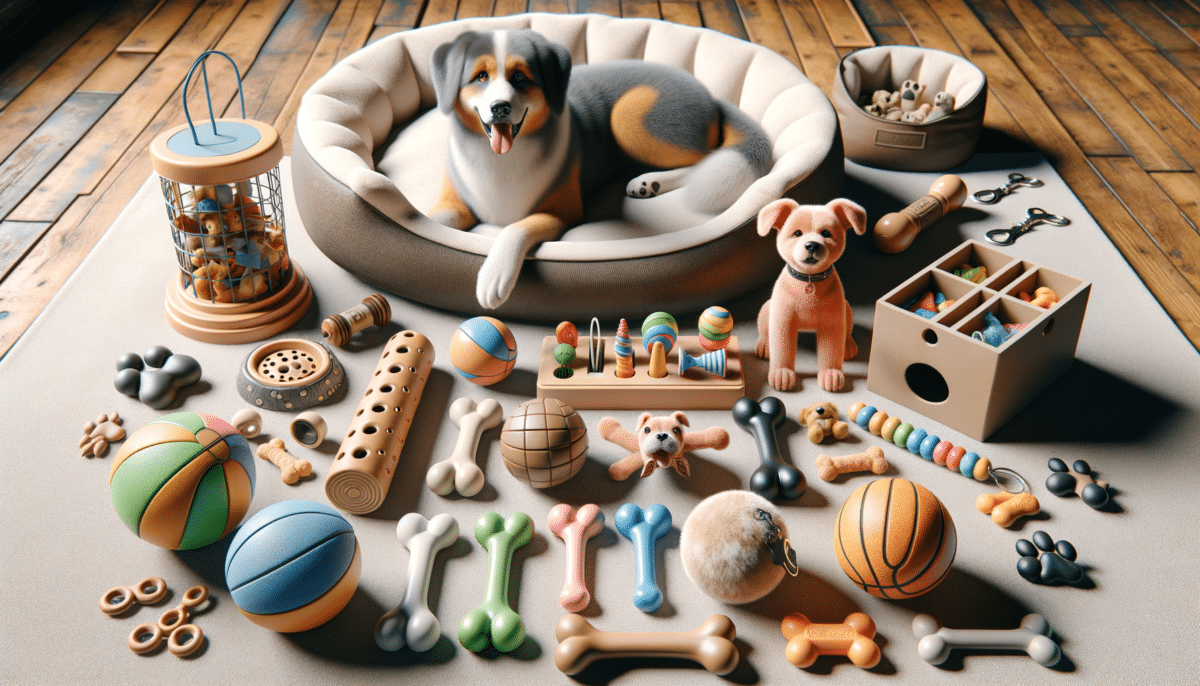Understanding the Basics: Essential Dog Supplies
When it comes to welcoming a new furry friend into your home, ensuring you have the right dog supplies is crucial. It’s not just about having a leash and collar; there’s a whole world of essentials that can make your dog’s life comfortable and enjoyable. The basics include food and water bowls, a comfortable bed, grooming supplies, and toys. Each of these items plays a critical role in your dog’s daily routine.
Food and water bowls are fundamental, and choosing the right ones can impact your dog’s health. Stainless steel or ceramic bowls are often recommended due to their durability and ease of cleaning. A comfortable bed is also essential, providing your pet with a cozy place to rest. Look for beds with washable covers and supportive stuffing to ensure longevity and comfort.
Grooming supplies include brushes, nail clippers, and shampoo. Regular grooming not only keeps your dog looking good but also promotes healthy skin and fur. Toys are more than just fun; they provide mental stimulation and physical exercise. Select toys that are appropriate for your dog’s size and chewing habits to ensure safety and engagement.
Nourishing Your Pet: Choosing the Right Dog Food
The right nutrition is vital for your dog’s health, and choosing the appropriate dog food can sometimes be overwhelming given the myriad options available. Start by considering your dog’s age, size, and activity level. Puppies, adult dogs, and seniors each have specific nutritional requirements that need to be met.
High-quality dog food should contain a balance of proteins, carbohydrates, fats, vitamins, and minerals. Proteins are essential for muscle growth and repair, while carbohydrates provide energy. Fats are crucial for a healthy coat and skin. Reading the ingredient list is important; look for foods where a specific meat is the first ingredient, rather than fillers or by-products.
Some dogs may have special dietary needs due to allergies or health conditions. In such cases, consulting with a veterinarian is advised to ensure that your dog’s diet is both safe and nutritious. Remember, treats should be given in moderation and should not replace a balanced diet.
Keeping Them Active: Exercise and Play
Exercise is not just about keeping your dog physically fit; it’s also crucial for their mental well-being. Regular walks, playtime, and interactive toys can help prevent behavioral issues and keep your dog happy. Depending on the breed, some dogs may require more exercise than others, so it’s important to tailor activities to your dog’s needs.
Interactive toys, such as puzzle feeders, can provide mental stimulation and keep your dog engaged for longer periods. These toys challenge your dog to think and solve problems, which can be particularly beneficial for intelligent breeds. Additionally, regular play sessions strengthen the bond between you and your pet.
Consider setting up a routine that includes walks, playtime, and training sessions. This not only helps in managing your dog’s energy levels but also provides structure, which many dogs thrive on. Remember, a tired dog is a happy dog, and ensuring they get enough exercise is key to their overall health.
Ensuring Safety: Leashes, Collars, and Identification
Safety is a top priority for any pet owner, and having the right tools can make all the difference. Leashes and collars are not just for walking; they are essential for your dog’s safety and identification. When choosing a collar, ensure it fits comfortably and has a secure buckle. Many owners opt for collars with ID tags that include the dog’s name and contact information.
Leashes come in various lengths and materials, each serving different purposes. A standard leash is ideal for daily walks, while a longer leash can be useful for training or allowing more freedom in open spaces. For dogs that pull, a harness might be a better option as it distributes pressure more evenly across the body.
Microchipping is another safety measure that provides a permanent form of identification. In the event your dog gets lost, a microchip can help reunite you with your pet. It’s a simple procedure that can be done at most veterinary clinics. Always ensure your contact details are up-to-date in the microchip database.
Health and Hygiene: Grooming and Veterinary Care
Maintaining your dog’s health and hygiene is a cornerstone of responsible pet ownership. Regular grooming sessions help keep your dog clean and reduce shedding, while also providing an opportunity to check for any unusual signs on their skin or coat. Brushing your dog’s fur regularly can prevent matting and distribute natural oils, keeping their coat shiny and healthy.
Nail trimming is another important aspect of grooming. Overgrown nails can cause discomfort and lead to health issues. If you’re unsure about trimming your dog’s nails, professional groomers can assist you. Additionally, dental care is crucial; regular brushing can prevent dental diseases and keep your dog’s breath fresh.
Routine veterinary visits are essential for monitoring your dog’s health. Regular check-ups can catch potential health issues early, ensuring your dog receives timely treatment. Vaccinations, flea and tick prevention, and heartworm medication are all part of a comprehensive health plan. Establishing a good relationship with your veterinarian can help ensure your dog lives a long, healthy life.
